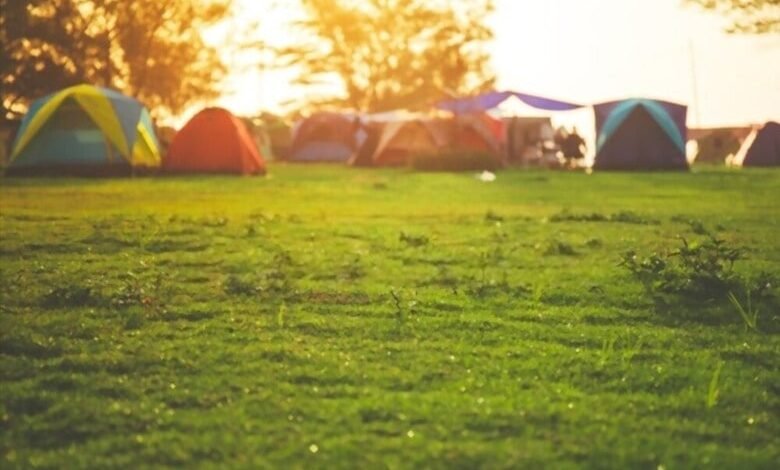4 Handy Tips for Camping This Summer

Summer in the Northern Hemisphere is nigh, and that means campers are dusting off their tents and putting on their hiking boots (or donning their socks and sandals – gross). No matter where one goes, camping is among the most authentic ways to experience nature at its finest – away from the hustle and bustle of urban sprawls and light pollution.
But numerous irritants can hamper that idyllic experience, notably in summer, when the heat rises, the humid rains come and the blood-hungry bitey bugs come out to play. Instead of winging it, use these camping tips to rid those summer season annoyances and spend more time camping and less time complaining.
Orange Lighting
Many campers don’t know that bright white lights are a magnet for bugs. Use orange or warm lighting at night to illuminate the campsite or tent areas instead of white. This will help reduce the swarms of bugs that light inevitably attracts, but it’s not an excuse to forget the mosquito repellent!
Loose, Breathable Clothing in Light Colors
Light-colored clothing is ideal in hot, sunny weather; darker colors absorb the sun’s light (and thus heat up), so avoid wearing greys, blacks, browns, navy blue, and even dark khaki shades. Plus, sun protection is important, which means long sleeves and leg-covering trousers or leggings are crucial to prevent sunburn and reduce the risk of skin cancer.
Furthermore, select lightweight and fast-drying fabrics, as well as those that help regulate the body’s temperature. Merino wool, technical synthetics, and items like gym wear are great in this sense. Naturally, many people love wearing cotton when enjoying the great outdoors; it’s light and comfortable. But it’s not the best choice because it can cause chafing. Moreover, it doesn’t dry fast when wet, so if someone sweats a lot or if there’s a downpour, they’ll stay wet and soggy for longer.
Use a Roof Tent
Standard tents on the ground are commonplace among campers. However, a lot of outdoor fanatics now opt for vehicle roof tents instead of conventional tents (the RoofBunk is a great example). Roof tents are set up on top of a vehicle (much like a roof box), which brings numerous benefits.
For one, getting flooded by summer downpours is a thing of the past. Plus, many quality models come with thick canvas material and even hard fiberglass shells that are much more durable than traditional tents, making them leakproof (no soggy tent walls from condensation or mildew during the night!).
The thickness of the material also makes them quieter inside, particularly during heavy wind and rain (thus, a much better night’s sleep). Last but not least, a roof tent keeps campers off the ground and away from bugs and wildlife – no more creepy crawlies crawling into campers’ beds during the night!
Bug Protection
As mentioned, insect repellant is a must. Flies are a real problem, particularly when cooking, eating, and chilling out in the great outdoors. A head net will help fix this issue, as does a screen room, preventing pesky flies from landing on people (and, in some cases, biting!). Other superb ways to mitigate biting and stinging bugs are citronella and repellent sprays, including DEET. However, campers can deploy many more bug-repelling strategies. One such tactic is to avoid camping too close to water. Waterbodies are breeding grounds for mosquitos and other biting bugs – especially in summer. Set up camp away from water to reduce the number of insect bites.






